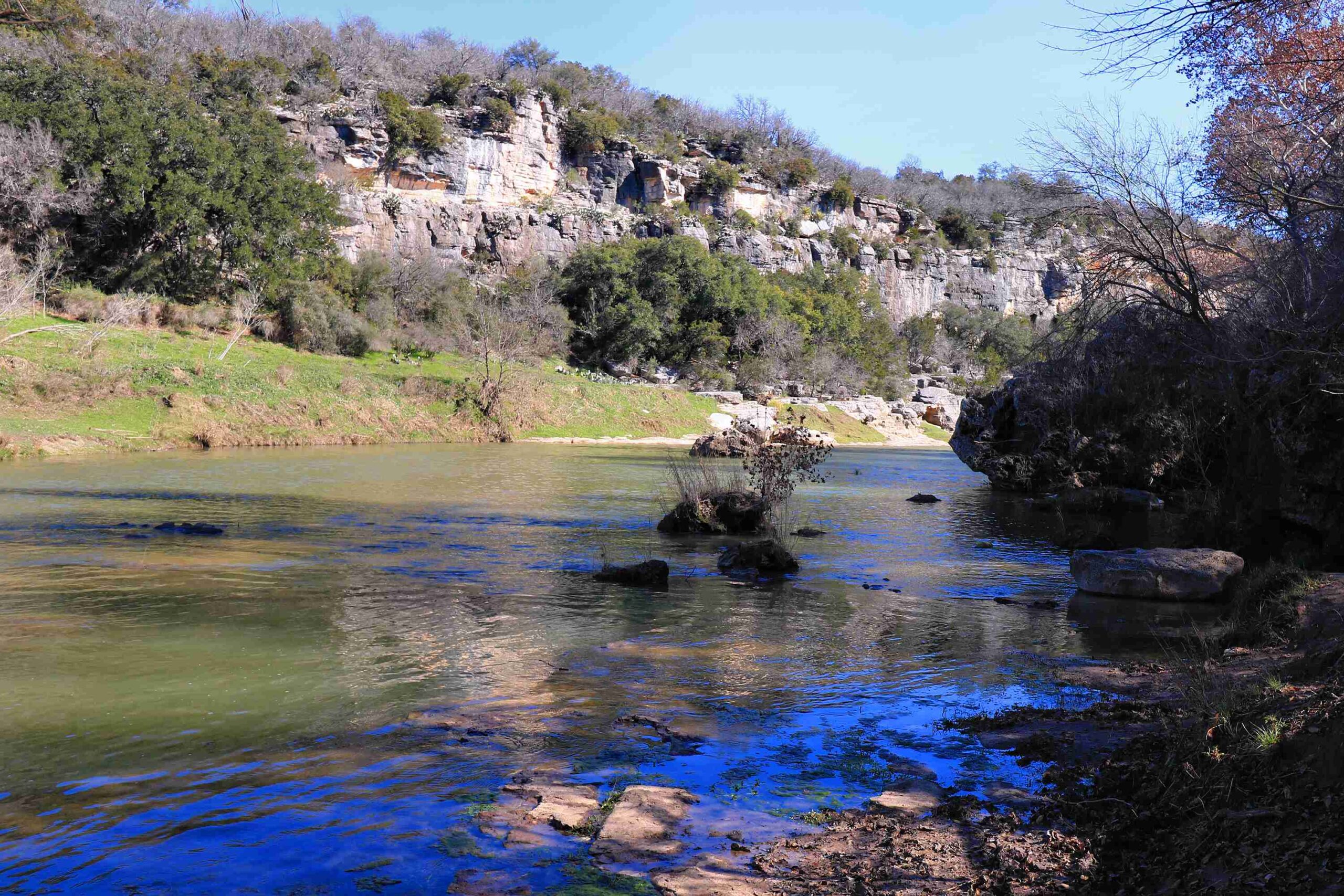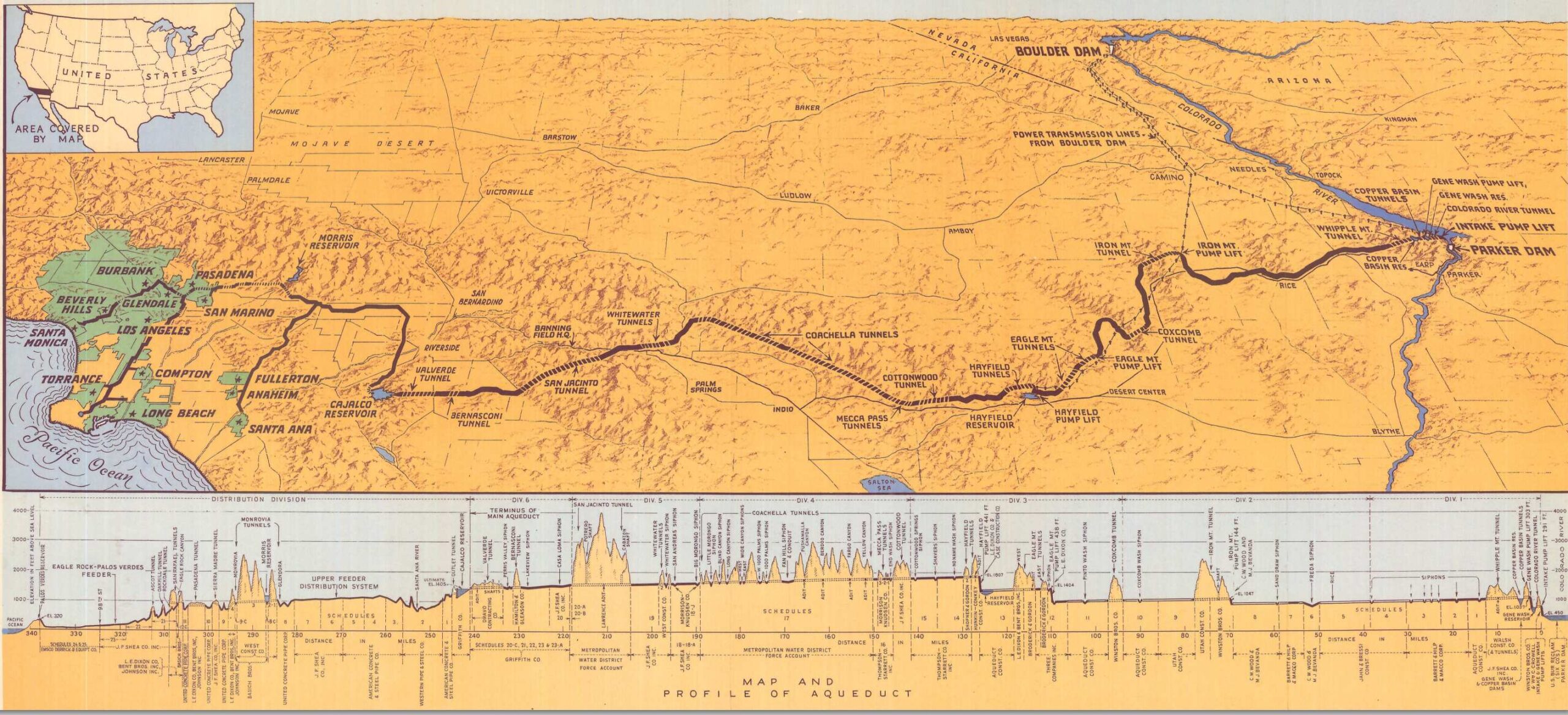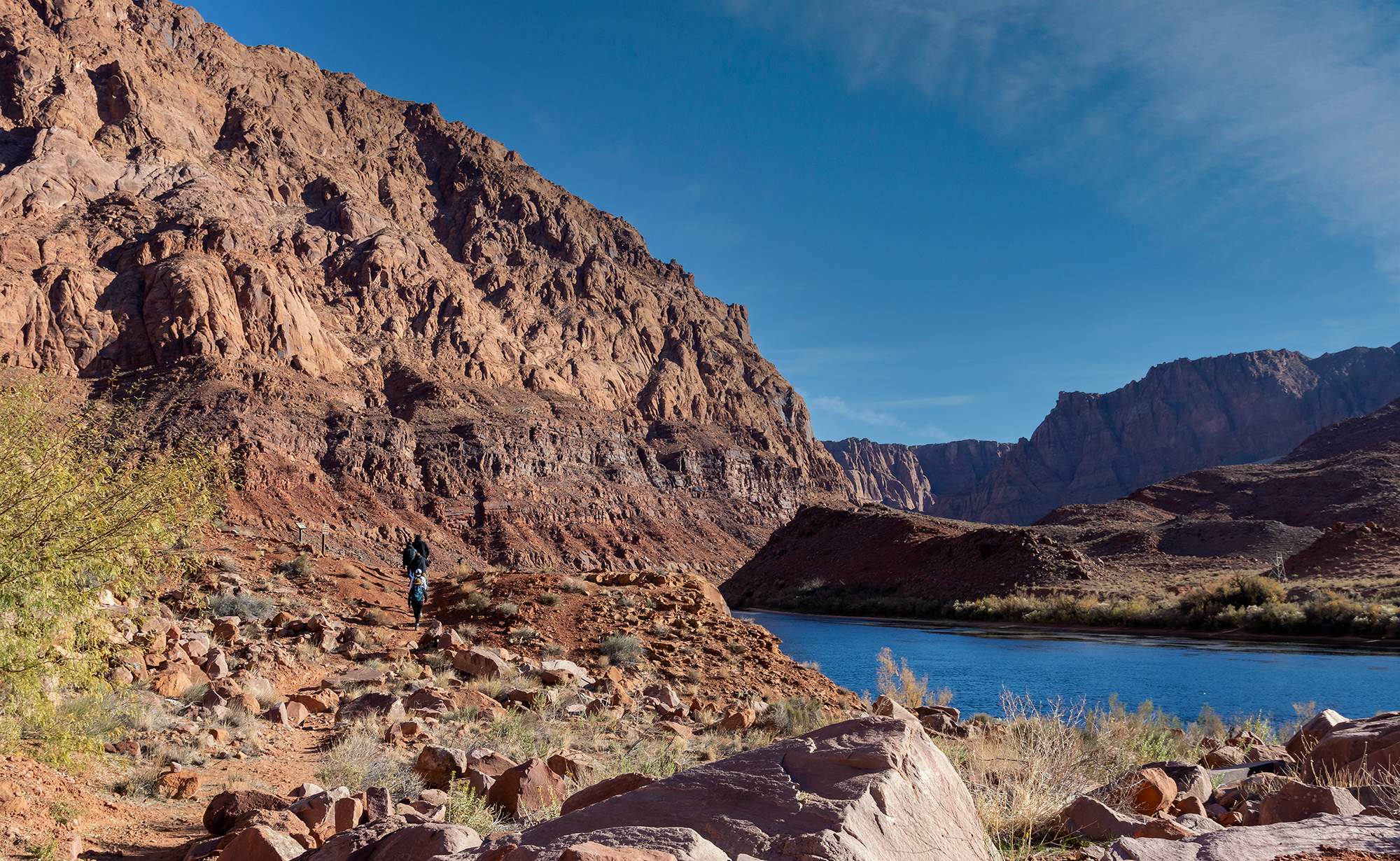Nestled along the Colorado River, Radium Hot Springs offers a unique blend of natural beauty and geothermal relaxation. This hidden gem, located near Kremmling, Colorado, provides visitors with a rustic hot spring experience surrounded by stunning Rocky Mountain scenery. The springs, with temperatures ranging from 85°F to 95°F, offer a soothing retreat for outdoor enthusiasts and nature lovers alike. Accessible via a moderate hiking trail, Radium Hot Springs presents an opportunity to immerse oneself in the raw beauty of Colorado’s wilderness while enjoying the therapeutic benefits of mineral-rich waters.
What Are the GPS Coordinates and Directions for Accessing Radium Hot Springs?

To reach this natural wonder, you’ll need to navigate some rural roads. Here are the precise coordinates and directions:
- GPS Coordinates: N39.95993 W106.54072
Directions from Kremmling:
- Head south on Highway 9 for 2 miles
- Turn right onto Trough Road (Grand County Rd 1)
- Follow Trough Road for 14 miles
- Turn right onto Grand County Rd 11 towards Radium
- Follow signs for Warm Springs Road to the parking area
Alternate Route from Eagle/Edwards:
- Take I-70 to US 131 at Wolcott
- Head north on US 131 for about 12 miles to State Bridge Lodge
- Turn right onto Eagle County Rd 11 (Trough Road)
- Travel about ten miles to Grand County Rd 11
- Follow signs for Warm Springs Road to the parking area
What Is the Temperature Range and How Does It Vary Seasonally?

The allure of Radium Hot Springs lies in its soothing warm waters. However, the temperature can fluctuate based on various factors:
- Average temperature range: 85°F to 95°F (29°C to 35°C)
- Spring season impact: During high river flow from snowmelt, temperatures may cool to mid-80s°F
- Mixing effect: The hot spring water mixes with the colder Colorado River, affecting overall temperature
It’s important to note that during spring runoff, the pool can be partially or fully washed out, potentially affecting accessibility and temperature.
Where Can You Camp Near Radium Hot Springs?
For those looking to extend their stay and fully immerse themselves in the natural surroundings, several camping options are available:
- Mugrage Campground
- Location: Near the intersection of Highway 11 and Trough Road
- Type: Dispersed camping
- Amenities: Limited
-
Cost: Small fee may apply for overnight stays
-
Dispersed Camping Areas
- Managed by: Bureau of Land Management (BLM)
- Location: Various sites near the hot springs
- Cost: Free
- Accessibility: From parking area at trail base and along forest roads
While these options provide a rustic camping experience close to nature, it’s important to note that there are no developed campgrounds with extensive amenities in the immediate vicinity of Radium Hot Springs.
What Are the Access Points, Parking Situations, and Trail Conditions?
Accessing Radium Hot Springs requires some planning and preparation. Here’s what you need to know:
Parking:
- Location: End of Warm Springs Road, near the trailhead
- Capacity: Limited spaces available
- Tip: Arrive early, especially on weekends, to secure a spot
Trail Conditions:
- Distance: Approximately 1.5 miles round trip
- Difficulty: Moderate
- Terrain: Includes steep and rocky sections
- Challenges: The descent to the river can be particularly tricky, especially in wet or icy conditions
Accessibility:
- Not suitable for individuals with mobility challenges
- Primary access methods: On foot or by raft/kayak
Costs and Permits:
- Hot Springs Access: Free
- Camping: Small fee may apply for overnight stays at Mugrage Campground or BLM sites
How Does the Water Temperature Compare to Other Colorado Hot Springs?
Radium Hot Springs offers a unique temperature profile compared to other hot springs in Colorado:
| Hot Spring | Temperature Range | Location |
|---|---|---|
| Radium Hot Springs | 85°F – 95°F | Along Colorado River |
| Glenwood Hot Springs | 90°F – 104°F | Glenwood Springs |
| Strawberry Park Hot Springs | 104°F – 106°F | Near Steamboat Springs |
| Ouray Hot Springs | 80°F – 106°F | Ouray |
As you can see, Radium Hot Springs tends to be on the cooler side compared to some of the more developed hot springs in the state. This natural temperature range offers a refreshing experience, especially during warmer months.
What Wildlife Might You Encounter Near Radium Hot Springs?
The area surrounding Radium Hot Springs is rich in wildlife, offering visitors a chance to observe Colorado’s diverse fauna:
- Bighorn Sheep: Often seen on rocky outcroppings
- Mule Deer: Common in the surrounding forests
- Elk: May be spotted in meadows during early morning or evening
- Various Bird Species: Including eagles, hawks, and waterfowl along the river
- Small Mammals: Such as chipmunks and ground squirrels
Remember to observe wildlife from a safe distance and never feed wild animals.
How Can You Prepare for a Visit to Radium Hot Springs?
To ensure a safe and enjoyable experience at Radium Hot Springs, consider the following preparation tips:
- Wear sturdy hiking shoes for the trail
- Bring plenty of water and snacks
- Pack a first aid kit
- Carry a towel and change of clothes
- Bring a trash bag to pack out all waste
- Consider bringing water shoes for the rocky river bottom
- Apply sunscreen, even on cloudy days
- Check weather conditions before your trip
- Inform someone of your plans if hiking alone
What Are the Best Times of Year to Visit Radium Hot Springs?
The ideal time to visit Radium Hot Springs can vary based on personal preferences and natural conditions:
- Summer (June – August)
- Pros: Warm weather, longer daylight hours
-
Cons: Potentially crowded, higher river levels early in the season
-
Fall (September – November)
- Pros: Beautiful foliage, cooler temperatures
-
Cons: Shorter days, possibility of early snow
-
Winter (December – February)
- Pros: Serene snowy landscapes, fewer visitors
-
Cons: Challenging trail conditions, very cold air temperatures
-
Spring (March – May)
- Pros: Wildflowers, warming temperatures
- Cons: High water levels, potential washouts of the hot spring pool
Each season offers a unique experience, but always check current conditions before planning your visit.
How Does Radium Hot Springs Contribute to Local Ecology?
Radium Hot Springs plays a significant role in the local ecosystem:
- Mineral Deposition: The hot springs contribute to unique mineral formations along the riverbank.
- Microhabitats: The warm water creates microenvironments that support specialized organisms.
- Wildlife Attraction: The springs serve as a water source for various wildlife species.
- Vegetation Diversity: The area around the springs supports a diverse range of plant life adapted to the mineral-rich soil.
Understanding and respecting this delicate ecosystem is crucial for preserving Radium Hot Springs for future generations.
In conclusion, Colorado River Radium Hot Springs offers a truly unique outdoor experience, combining the thrill of a wilderness hike with the relaxation of natural hot springs. Whether you’re a seasoned outdoor enthusiast or a curious traveler, this hidden gem along the Colorado River promises an unforgettable adventure in the heart of the Rocky Mountains.

